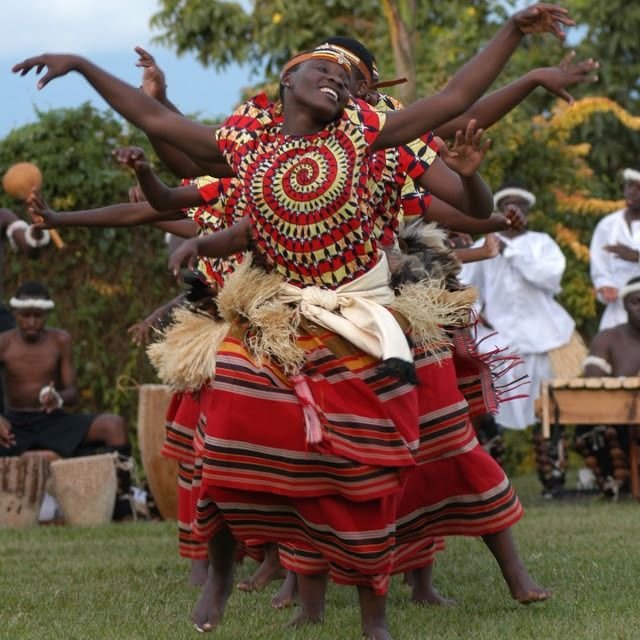When most people think of Uganda, images of mountain gorillas, the Nile River, and lush green hills come to mind. But beyond its breathtaking scenery and adventure activities lies something equally magical — its people, cultures, and languages. Uganda is not just a destination; it’s an experience of vibrant traditions, heartfelt hospitality, and incredible cultural depth.
Whether you’re planning a trip or simply curious, here’s everything you need to know about the cultures and languages in Uganda — and why immersing yourself in them is one of the most beautiful travel experiences you’ll ever have.
Discover Uganda’s Rich Diversity Beyond Wildlife and Landscapes
How Culturally Diverse Is Uganda?
Uganda is home to over 56 ethnic groups and more than 40 living languages, making it one of the most culturally diverse countries in Africa. Each group has its own unique customs, dialects, music, dress, food, and belief systems — offering travelers a chance to experience multiple worlds within one country.
Top Ethnic Groups in Uganda:
Batwa – Indigenous forest dwellers (Southwest)
Baganda – Central Uganda
Banyankole – Western Uganda
Basoga – Eastern Uganda
Bakiga – Southwestern highlands
Acholi & Langi – Northern Uganda
Karimojong – Northeastern region
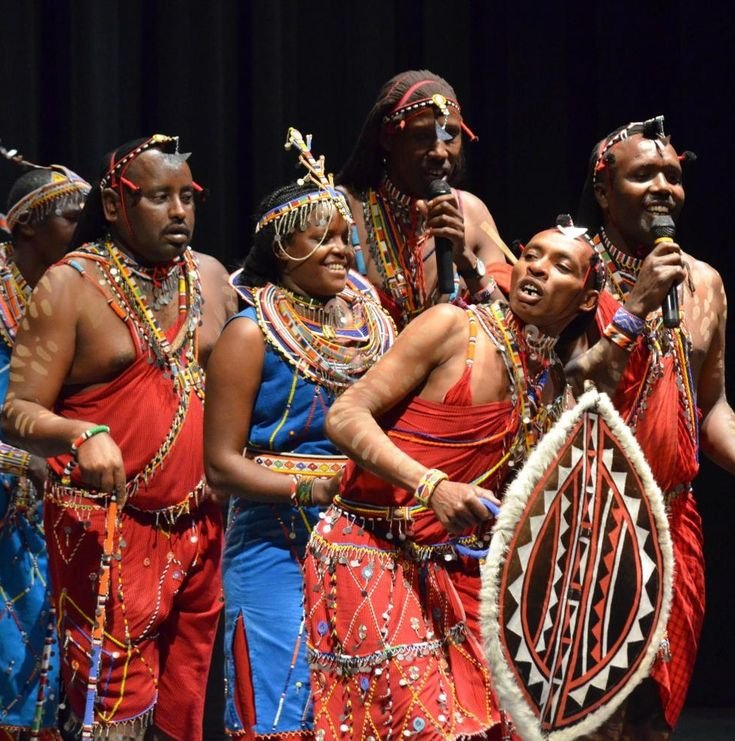
Languages Spoken in Uganda
While English is the official language and widely spoken, especially in schools and business settings, Luganda (language of the Baganda) is the most commonly spoken indigenous language, especially in the central region including Kampala.
Main Languages You’ll Encounter:
| Language | Region | Notes |
|---|---|---|
| Luganda | Central Uganda | Widely spoken; useful in Kampala |
| Runyankole | Western Uganda | Spoken by Banyankole people |
| Lusoga | Eastern Uganda | Language of the Basoga |
| Acholi | Northern Uganda | Popular in Gulu and Kitgum |
| Karamojong | Northeastern Uganda (Karamoja) | Deep-rooted pastoralist culture |
| Swahili | Border regions, military use | East Africa’s regional lingua franca |
| English | Nationwide | Used in media, education, and government |
✅ Pro Tip: Learning a few greetings like “Oli otya?” (How are you?) in Luganda will instantly warm the hearts of locals.
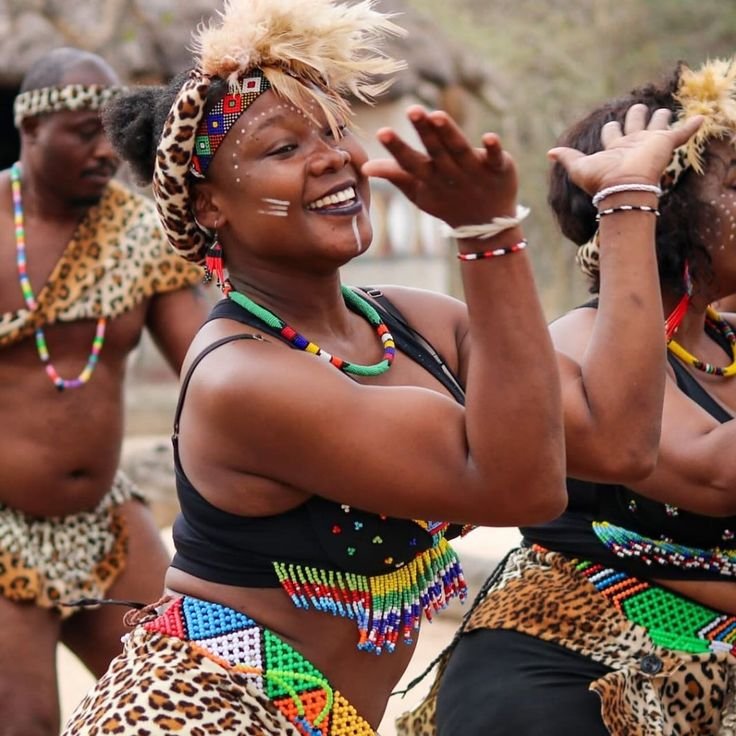
Why Uganda’s Cultural Diversity Is a Beautiful Experience
1. Warm, Welcoming People
Ugandans are known for their hospitality, friendliness, and respect. It’s common to be greeted with a warm smile, an offer of food, or even an invitation to a local event — even if you’re a stranger.
2. Rich Traditional Music & Dance
Each ethnic group has its own unique music, dance, and instruments. From the energetic Bakisimba dance of the Baganda to the warrior dances of the Karimojong, you’ll feel the rhythm of Uganda’s heartbeat in every performance.
🎶 Must-see: Ndere Cultural Centre in Kampala — live traditional music, dance, and storytelling.
3. Vibrant Cultural Festivals
Participate in annual cultural events like:
- Rolex Festival (a street food celebration)
- Empango (Coronation) of the Omukama of Bunyoro
- Imbalu Circumcision Ceremony – a coming-of-age ritual among the Bagisu
- Bayimba Festival of the Arts – Music, dance, and cultural showcases
4. Traditional Food & Cuisine
Ugandan food is diverse, hearty, and made with love. Try:
- Luwombo – stew steamed in banana leaves
- Matooke – mashed green bananas
- Posho & beans – staple dish
- Eshabwe – Ankole ghee sauce
- Malewa – bamboo shoots from the East
🍽️ Tip: Always accept food or drink when visiting a home — it’s a sign of respect.
5. Community Living & Ubuntu Spirit
Many Ugandan communities live by the “Ubuntu” philosophy – “I am because we are.” It reflects in how people help each other, celebrate together, and mourn together. Visitors often say they leave Uganda feeling part of a family.
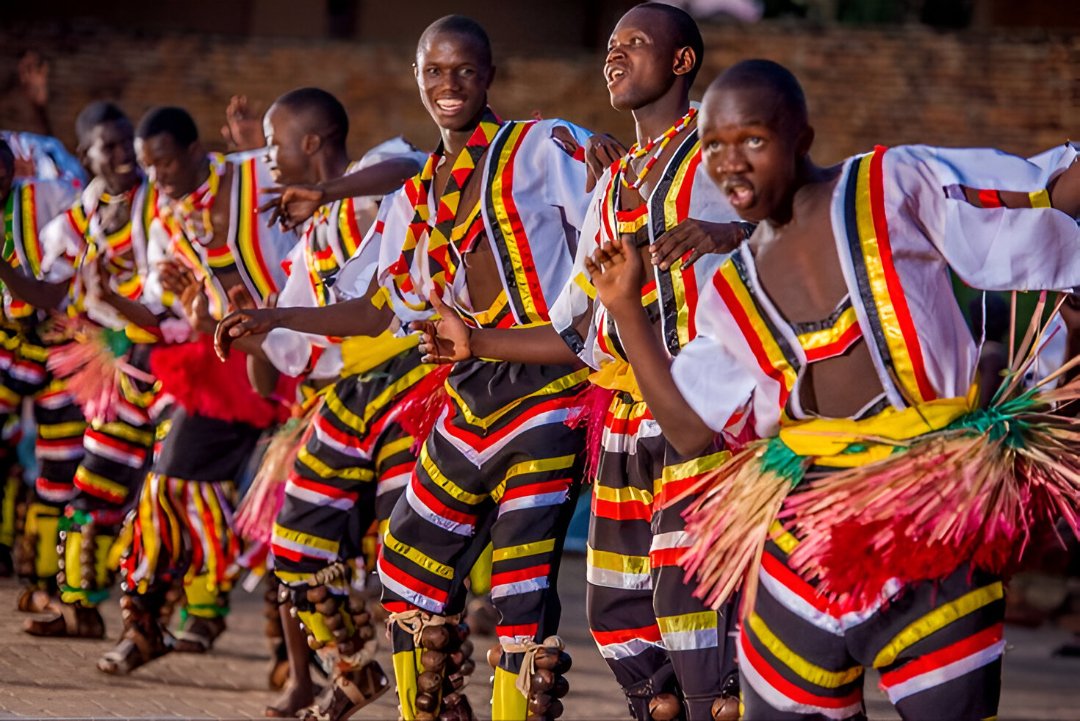
Cultural Sites You Should Visit in Uganda
| Site | Region | Cultural Significance |
|---|
| Kasubi Tombs | Kampala | Royal tombs of Buganda kings (UNESCO Site) |
| Igongo Cultural Centre | Mbarara | Ankole culture and museum |
| Karamoja Village Tours | Moroto | Pastoralist lifestyle and warrior culture |
| Batwa Trail Experience | Mgahinga | Life of forest-dwelling pygmies |
| Mparo Tombs | Hoima | Royal tombs of Bunyoro kingdom |
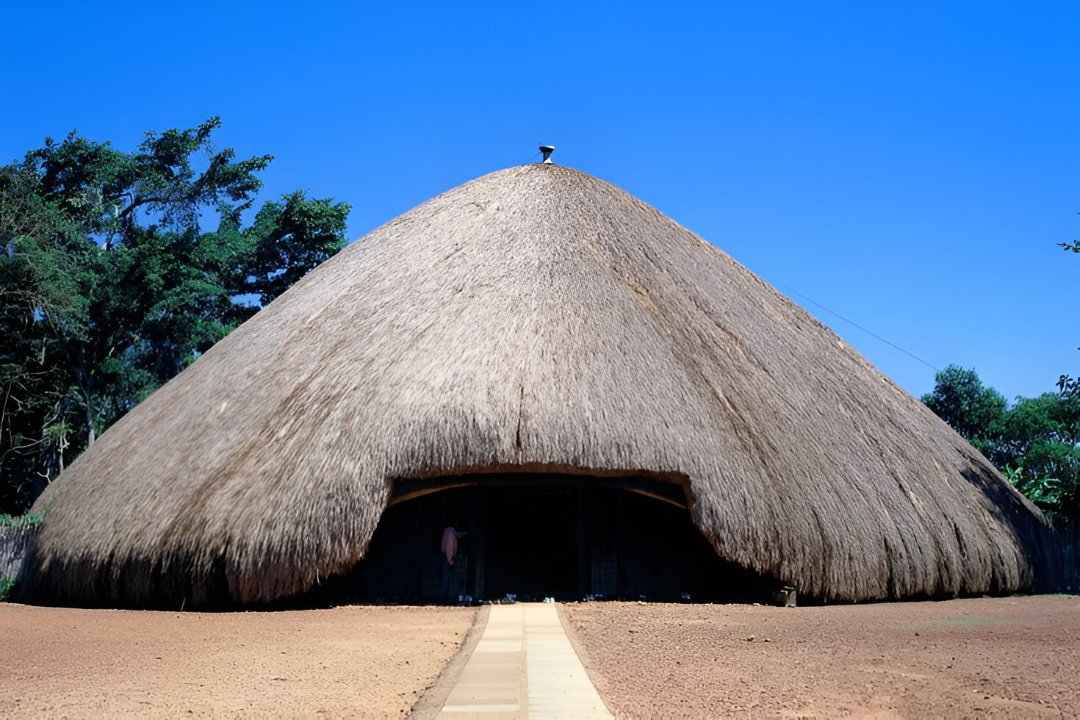
Final Thoughts: More Than a Trip — It’s a Cultural Journey
Exploring the cultures and languages in Uganda offers more than just education — it offers connection. You’ll learn what makes each tribe unique, but also what unites all Ugandans: resilience, kindness, color, and spirit.
If you’re planning a visit, don’t just go for the safaris and scenery — take time to learn a few local phrases, attend a traditional event, eat local food, and talk to the people. You’ll leave with memories that no camera could ever capture.
